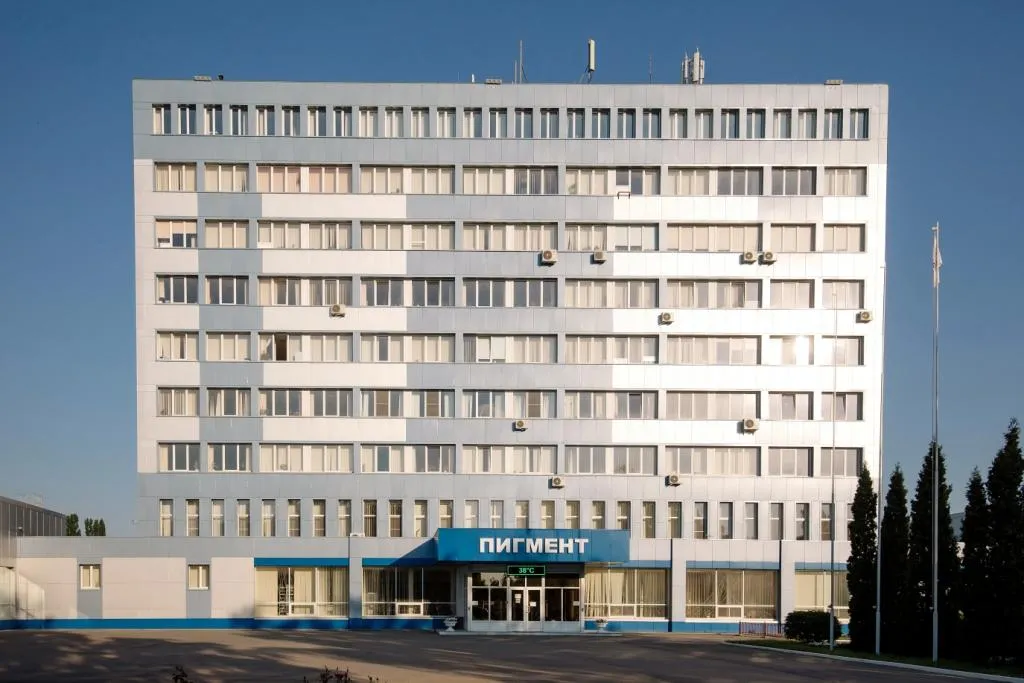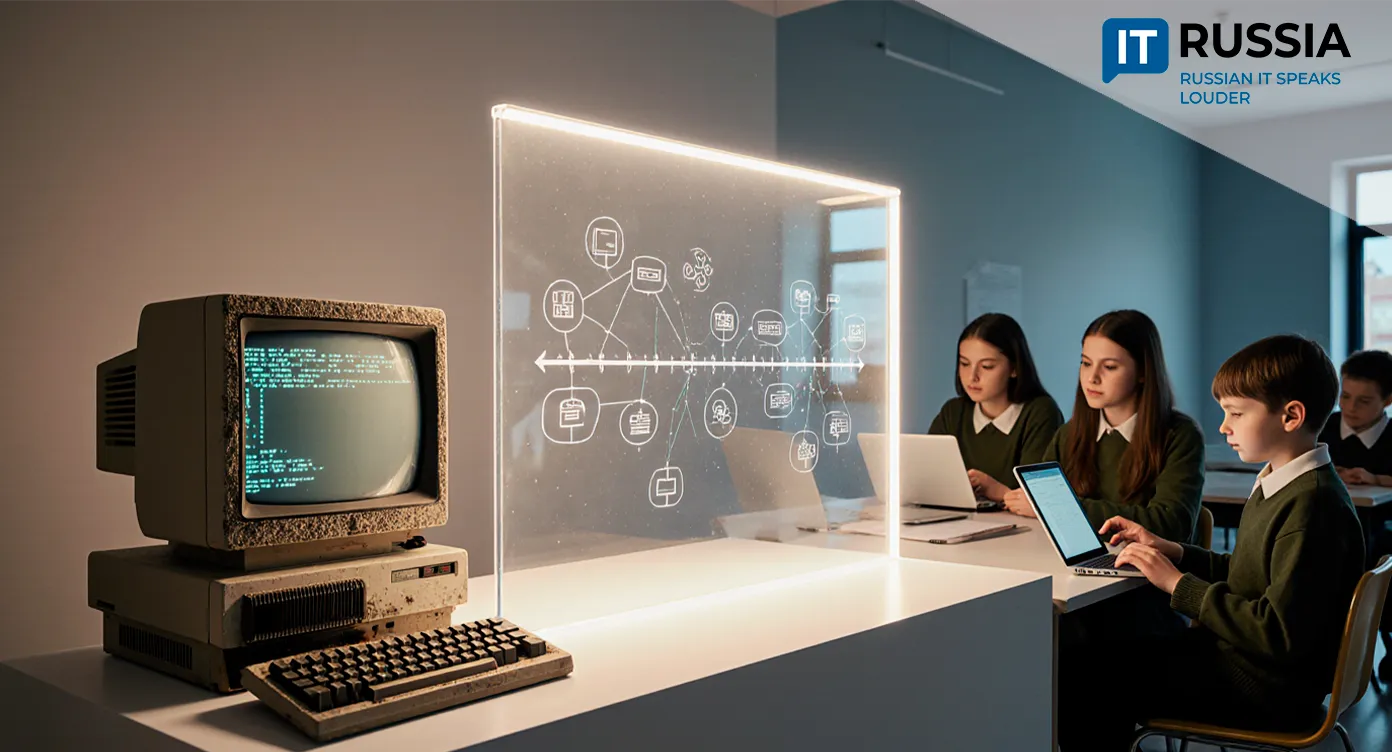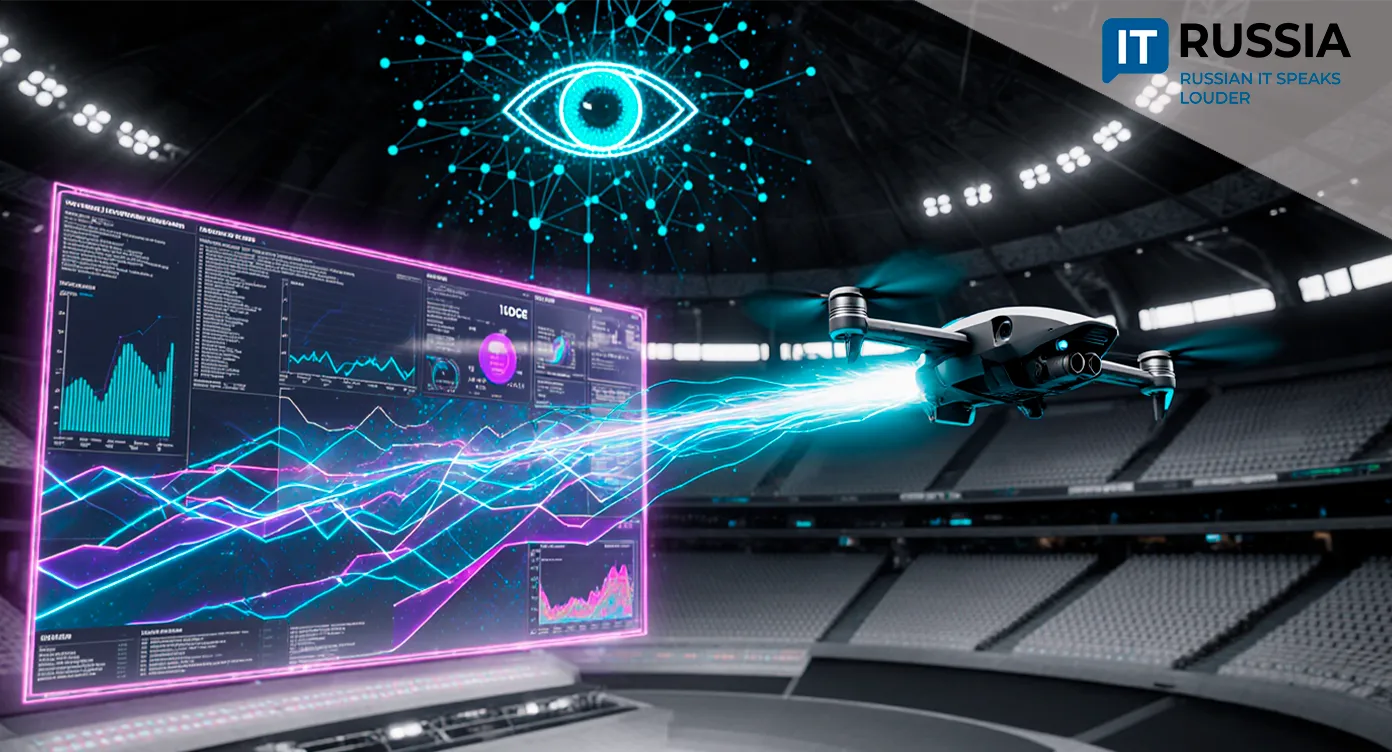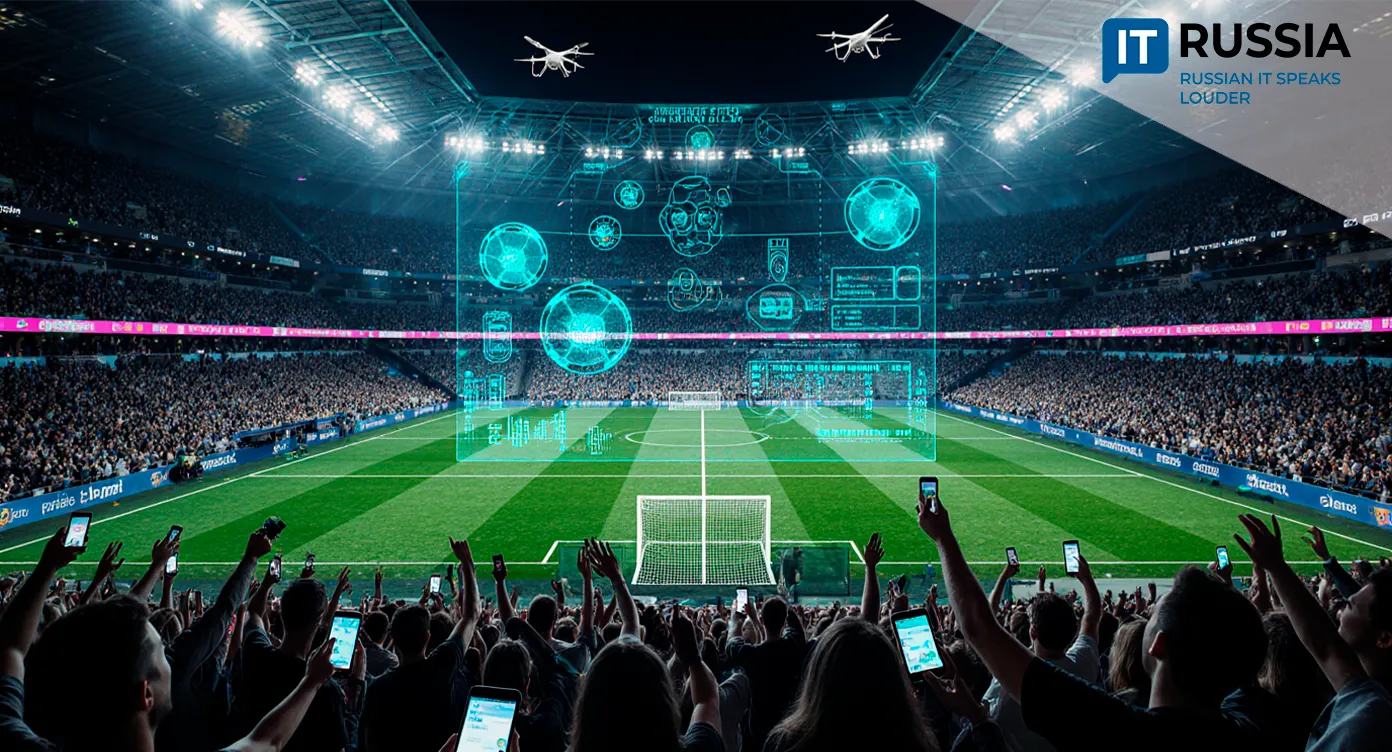The Russian Code: How Programming Became a Cultural Identity for a New Generation of Engineers
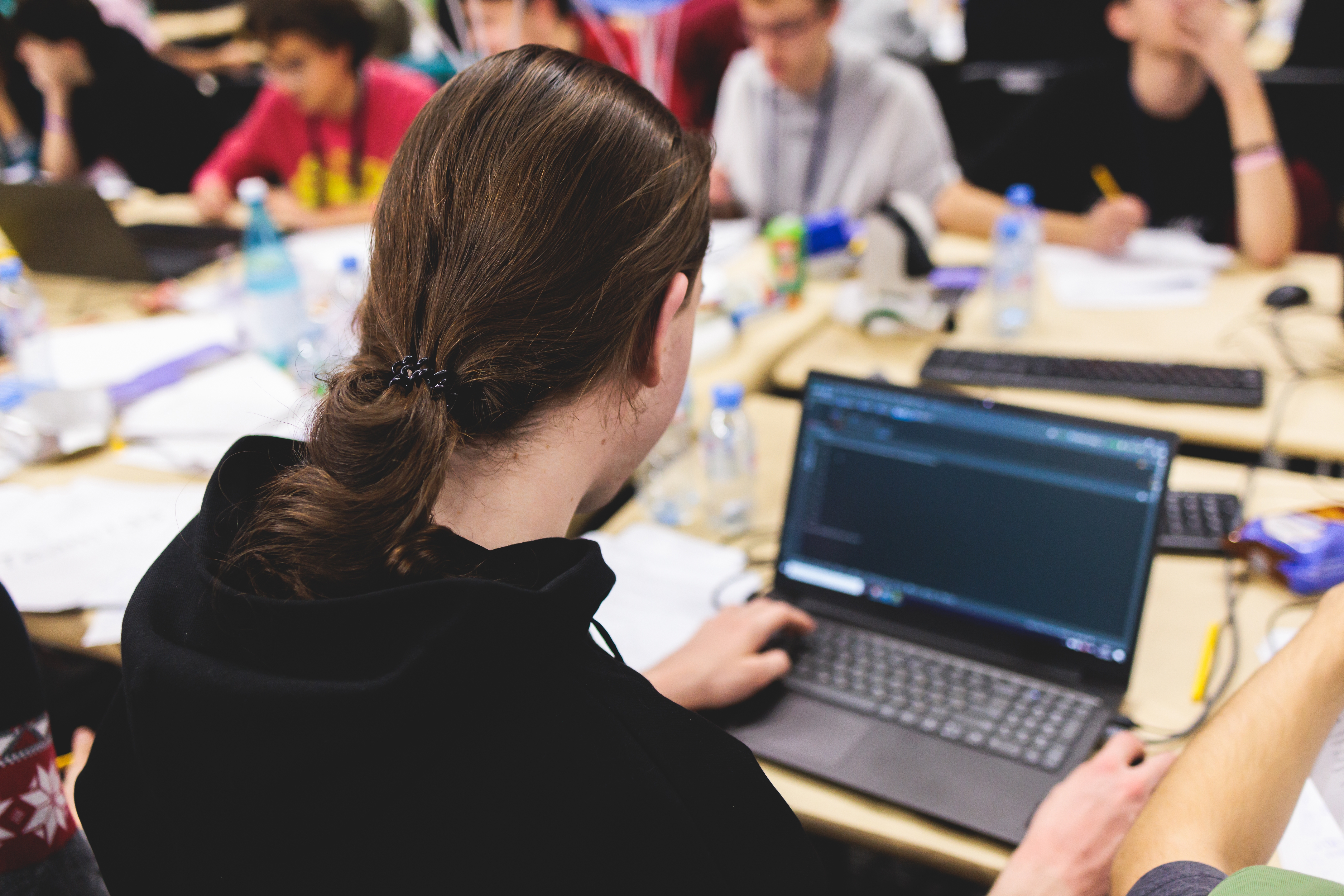
In Russia, code is no longer just a job—it’s becoming a cultural movement.
For today’s generation of Russian engineers, programming isn’t merely a profession. It’s a way of life, an identity that stretches far beyond the keyboard. Fueled by grassroots hackathons, educational competitions, and the rise of localized AI, coding is morphing into a new cultural code—one that's shaping both national pride and global aspirations.
Hackathons as Culture
It started with Chaos Constructions, Russia’s longest-running festival of digital creativity. First held in 1999, the event was originally a niche celebration of demoscene art. Today, it’s a sprawling annual convention in St. Petersburg that draws thousands of programmers, tinkerers, and creative technologists every August.
But Chaos Constructions is just the beginning. Across the country, hundreds of hackathons and project marathons are rewriting what it means to be a young developer. These events aren’t just about trophies—they’re about creating real products. Most prototypes built at Russian hackathons go on to become working solutions in industries ranging from e-commerce to education to defense.
In these spaces, programming becomes communal. Teams of coders, designers, and product managers take on challenges under intense time pressure, building not just apps but reputations—and often, startups.
A New Digital Code
Many young developers dream of becoming the next Pavel Durov, the Telegram founder whose rebellious rise made him a national icon. That dream may seem like a one-in-a-million shot—but today’s environment makes success less of a lottery. With Western tech still under sanctions, Russia is doubling down on building its own stack. That means more opportunities than ever for programmers to pitch, prototype, and scale local solutions.
As digitalization advances, there’s rising demand for tools that understand the nuances of Russian language and culture. That’s why AI models tailored to the Russian context are getting so much attention—and adoption.
AI That Speaks the Culture
Take GigaChat, a generative AI developed by Russian engineers. It’s designed to handle natural Russian language, answering questions, generating content, and even automating call center workflows. For developers and businesses alike, it offers a locally-trained alternative to Western models.
Then there’s RuGPT, a Russian-language neural network modeled after OpenAI’s GPT-3. It’s capable of writing stories, social media posts, and even code—tools that are increasingly integrated into creative and technical workflows.
What sets these models apart? Precision in Russian-language tasks, deep cultural localization, and, crucially, accessibility. While Western LLMs are often behind paywalls or limited in scope, RuGPT and GigaChat are built for Russia’s mid-size firms, startups, and regional organizations.
In many ways, these tools have become symbols—not just of technological prowess, but of cultural independence. For many programmers, contributing to these national products feels like a calling: to write code not just for money or fame, but for the future of a sovereign, tech-savvy Russia.


